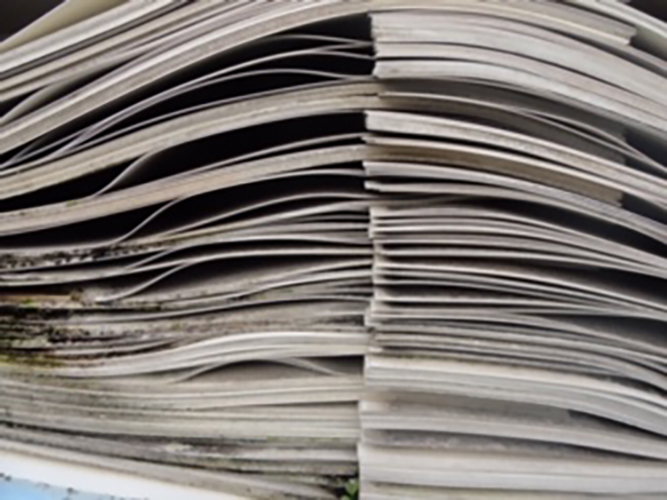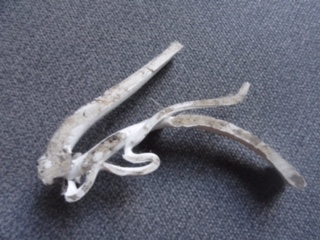Objects find us out. They audition for shelf space in an already over-burdened cabinet of curiosities. All those headless metal horsemen, winged skeletons, bird whistles from the cloud jungle, and tin Milagros for miracles that didn’t happen in Mexico. I have a small plastic fox head implanted with a pair of blind binoculars.
Sometimes these objects represent journeys already made, aides-mémoires carried home to confirm dubious narratives. Sometimes they provoke fresh expeditions. If you work the rigid ear of the fox trophy, putting your eye to the bullet hole in the back of the skull, you share a posthumous vision: a sequence of slides laying out a pilgrim’s progress to the shining caravan park on the hill. The device was made in China, for customers of McDonald’s, anywhere and everywhere.
I pulled on my boots and headed south, attempting to identify, by way of branded refuelling stations, the improbable landscapes of this burger reverie.
Peckish in Peckham, I hesitated, spoiled for choice, among artisan bakers and ethical coffee boasts in Bellenden Road. And I remembered that I had been tasked with delivering a response to the conceptual labours of John Latham, the artist/philosopher of Peckham Rye. I had come to a building in which an enormous book, a mastodon folio, appeared to be in suspension, as it passed through a picture window without inflicting any visible damage.
I photographed wave patterns of this untexted monster. Latham, versed in the New Physics, had his own interpretations of ‘Flat Time’. I first heard about him from a former student, the sculptor Barry Flanagan, who was explaining how he intended to make a hole in the sea. Stalled now between nothing and nothing, and overwhelmed by generously didactic monologues, I began to stroke the giant volume.
Into my open hand fell a thing that looked like the diagram of an arctic hare, grubby from bookish hibernation. A pouncing Bugs Bunny, both map and symbol. Here, uninvited, was the totemic creature most closely associated with Flanagan. An accidental object that insisted, across time and mortality, in confirming its significance.
Iain Sinclair is a writer and filmmaker. He was born in South Wales. He lives, walks and writes in East London. His books include Downriver, Radon Daughters, Lights Out for the Territory, London Orbital and Hackney, That Rose-Red Empire. His latest project, The Gold Machine (also a film with Grant Gee), is set in Peru. It traces an 1891 expedition made by his great-grandfather.

